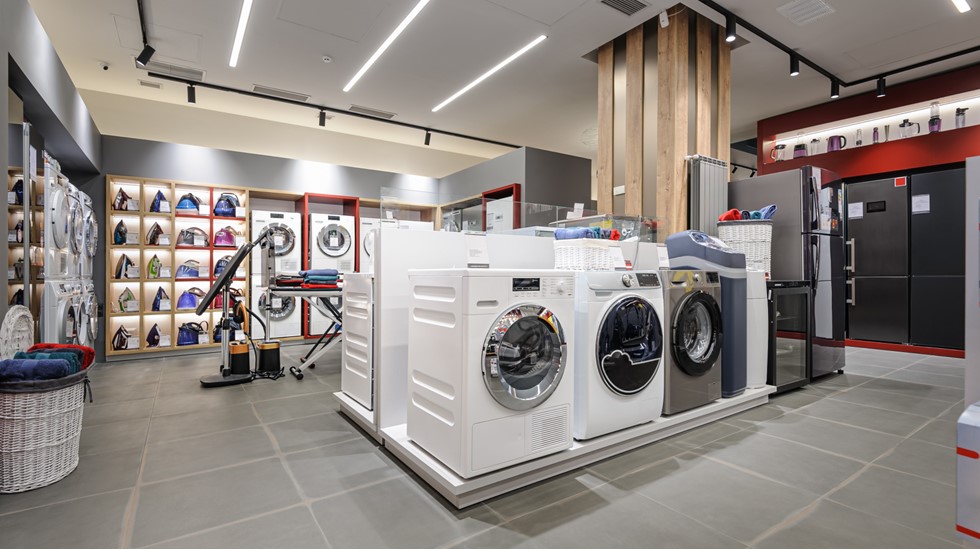Durable goods rebounded
Gains led by aircraft orders.

September 25, 2025
August durable goods orders increased 2.9% following two straight months of declines, including a 2.7% drop in July. August orders beat consensus expectations of -0.5%. Excluding transportation, durable goods orders rose 0.4%, softer than the 1% growth in July.
Headline durable goods orders were boosted by a 7.9% bounce in transportation orders. Nondefense aircraft orders rebounded, up 21.6% after plummeting 31.5% in July and 52.7% in June. Boeing’s booked orders fell to 26 civilian aircraft in August from 31 orders in July.
There is a deal in the works between the US and China that could result in Boeing booking up to 500 aircraft orders. Defense aircraft and parts surged 50.1% as ongoing conflicts in the Middle East and Ukraine bolster orders. The lags on those orders coming to fruition are long.
Orders for motor vehicles and parts, the other key component of transportation, gained a modest 0.4% after rising by 0.7% and 1.3% in the prior two months. Motor vehicle production is expected to soften in autumn due to weaker demand.
Now above $49,000, new vehicle prices are nearing the psychological threshold of $50,000. Longer loan terms and higher rates have become the norm, straining consumers’ finances. Vehicle sales were buoyed over the last few months by a rush to buy electric vehicles ahead of a tax credit expiring October 1 and the resumption of interest expense deductions. The latter will show up as tax rebates in 2026.
The August report showed broad-based gains. Machinery orders rose 1.3%, fabricated metals orders advanced 0.7%. and primary metals orders increased 0.1%.
Only two categories fell during the month. Electrical equipment orders slipped 0.2%, after four consecutive months of gains; computers and electronic products edged down 0.1%.
Orders for nondefense capital goods excluding aircraft, a proxy for business capital spending on equipment, increased 0.6%. Consensus estimates were for a 0.1% decline. That marks two straight months of increased orders after negative growth in the second quarter.
Business sentiment among manufacturing leaders remains mixed. The S&P Global manufacturing purchasing managers' index (PMI) slipped to 52 in September from 53.3 in August. Readings above 50 indicate expanding activity. The ISM manufacturing PMI came in at 48.7 in August, the sixth consecutive month of a below-50 result, representing contracting manufacturing.
Core capital goods shipments shrank 0.3% in August after rising 0.6% in July. The data contribute to the calculation of business fixed investment and suggest the anticipated third quarter weakness may be starting.
We expect two additional rate cuts this year, although the second cut is not a slam dunk.

Ben Shoesmith
KPMG Senior Economist
Bottom Line
Core capital orders defied expectations, expanding for a second straight month. Uncertainty continues to test businesses and households as the impacts of tariffs are still expected in the back-end of 2025. The September rate cut from the Federal Reserve should provide some support for economic activity. We expect two additional rate cuts this year, although the second cut is not a slam dunk.
Subscribe to insights from KPMG Economics
KPMG Economics distributes a wide selection of insight and analysis to help businesses make informed decisions.
Explore more

Headline durables gave back gains
Broad-based gains for the month.

KPMG Economics
A source for unbiased economic intelligence to help improve strategic decision-making.

Birds of a feather no longer flock together
The Fed splits over timing & size of rate cuts.
Meet our team
